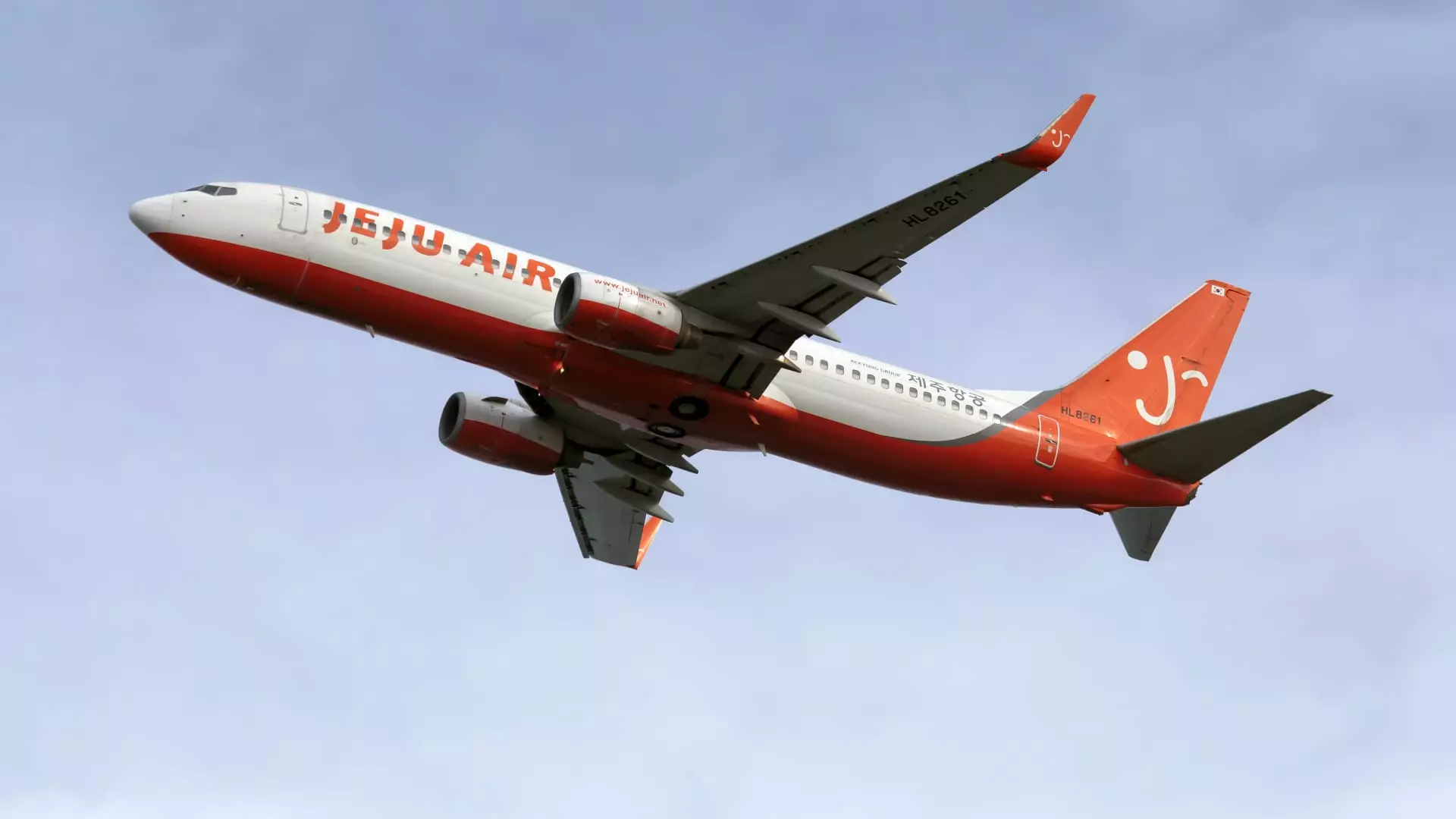In a tragic turn of events, Jeju Air Flight 7C2216 met with disaster as it attempted to land at Muan International Airport in South Korea. The aircraft, with 181 people aboard, belly-landed when its landing gear failed to deploy, resulting in an inferno that claimed the lives of 179 individuals. This incident marks one of the most devastating air disasters the nation has faced in decades, igniting an urgent call for investigation and introspection within the aviation community.
In response to the incident, Choi Sang-mok, South Korea’s acting president, announced an emergency inspection of the country’s fleet of Boeing 737-800 aircraft—the same model involved in the accident. This aircraft is a staple in global aviation, known for its robust safety record and prevalence among airlines worldwide. However, the alarming nature of this catastrophe raises critical questions about the plane’s operational integrity and safety protocols, especially given the age of the specific aircraft involved in the incident.
The Boeing 737-800 is part of a larger family of Boeing jets, with nearly 4,400 units in service around the globe. The average age of these planes is approximately 13 years, highlighting their extensive operational history and reliability in commercial aviation. Despite this, the plane in question was 15 years old at the time of the crash, having previously served with Ryanair before being transferred to Jeju Air. Such longevity often raises concerns about maintenance practices and adherence to safety regulations, especially in aircraft with extensive flight histories.
A thorough investigation is paramount in understanding the cause of the incident. Experts believe that uncovering a design flaw in a well-established aircraft model such as the Boeing 737-800 is implausible, suggesting that the investigation may instead focus on human factors, maintenance records, and the specific circumstances leading to the failure of the landing gears. Factors such as hydraulic malfunctions or even a bird strike are being considered. The National Transportation Safety Board (NTSB) is coordinating with Boeing and the FAA, leading a comprehensive inquiry likely to unfold over several months or even years.
One of the principal mysteries haunting investigators is the failure of the landing gear to deploy. While pilots typically have the ability to manually lower the landing gear—even in the face of hydraulic malfunctions—there remains uncertainty about whether the crew had the opportunity to follow emergency protocols. The timing and altitude at which the aircraft encountered difficulties could have impeded their ability to respond effectively. Furthermore, retired air safety investigator Jeff Guzzetti speculates that if the plane had not struck a hard barrier at the end of the runway upon landing, the outcome could have been significantly less catastrophic.
The incident involving Jeju Air Flight 7C2216 raises alarm bells in an industry that has continuously evolved with innovative safety measures and standards. While the Boeing 737 Max tragedy cast a long shadow over Boeing’s reputation, the 737-800 has historically maintained a solid safety track record. As investigations unfold, the aviation community must grapple with the implications of this disaster on public confidence, regulatory oversight, and the continuous quest for innovations that can further safeguard the skies.
The harrowing incident at Muan International Airport serves as a powerful reminder of the inherent risks associated with air travel. It urges an introspective examination of existing protocols, aircraft maintenance practices, and emergency response strategies to prevent such tragedies from occurring in the future. As the investigation continues, the voices of the victims and their families must be woven into the narrative, prompting industry-wide conversations on enhancing safety for every passenger gracing the skies.


Napsat komentář